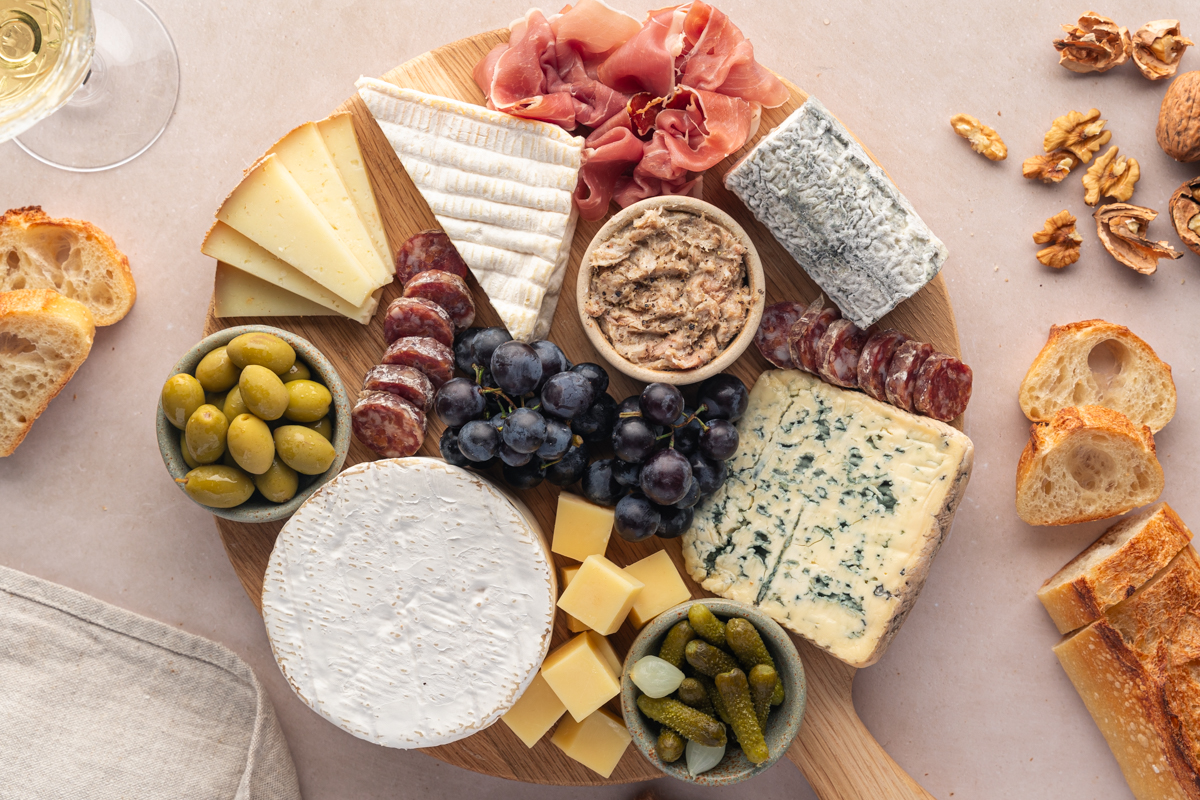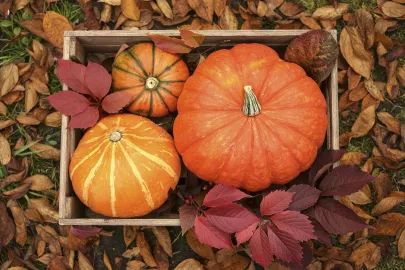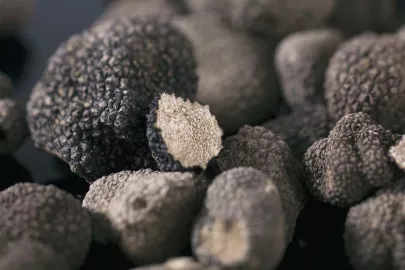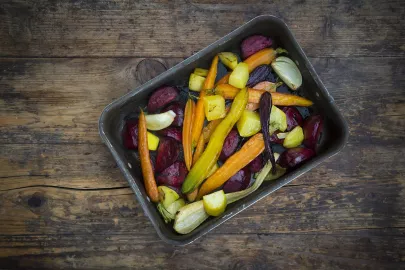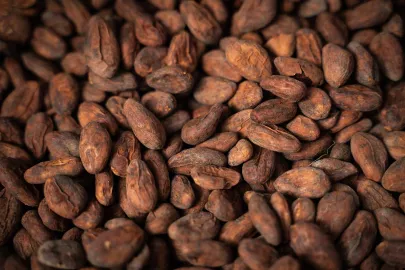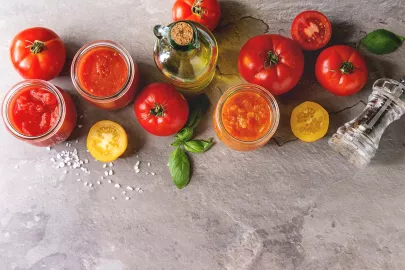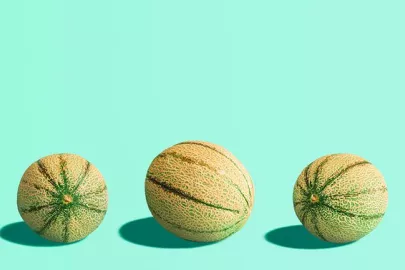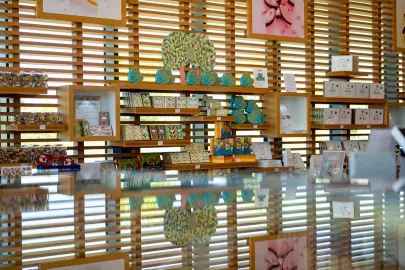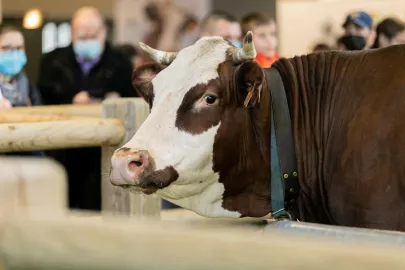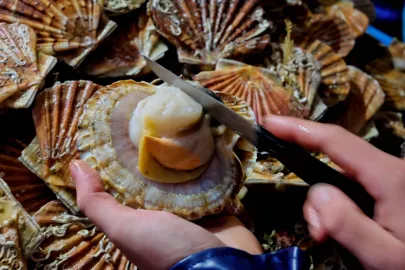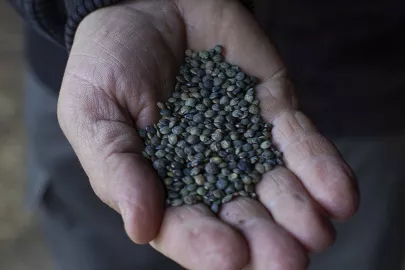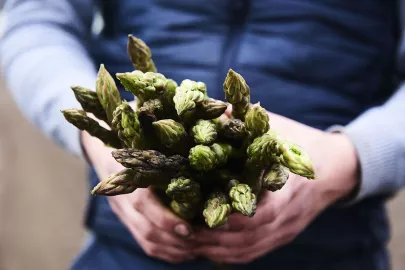French Charcuterie 101: The Differences between Pâté, Terrine and Foie Gras
Hop aboard as we unlock the secrets behind Pâté, Terrine, Mousse, Rillettes and Foie Gras! Get ready for a flavourful adventure as we decode the labels and uncover the delicious differences between these French delicacies.
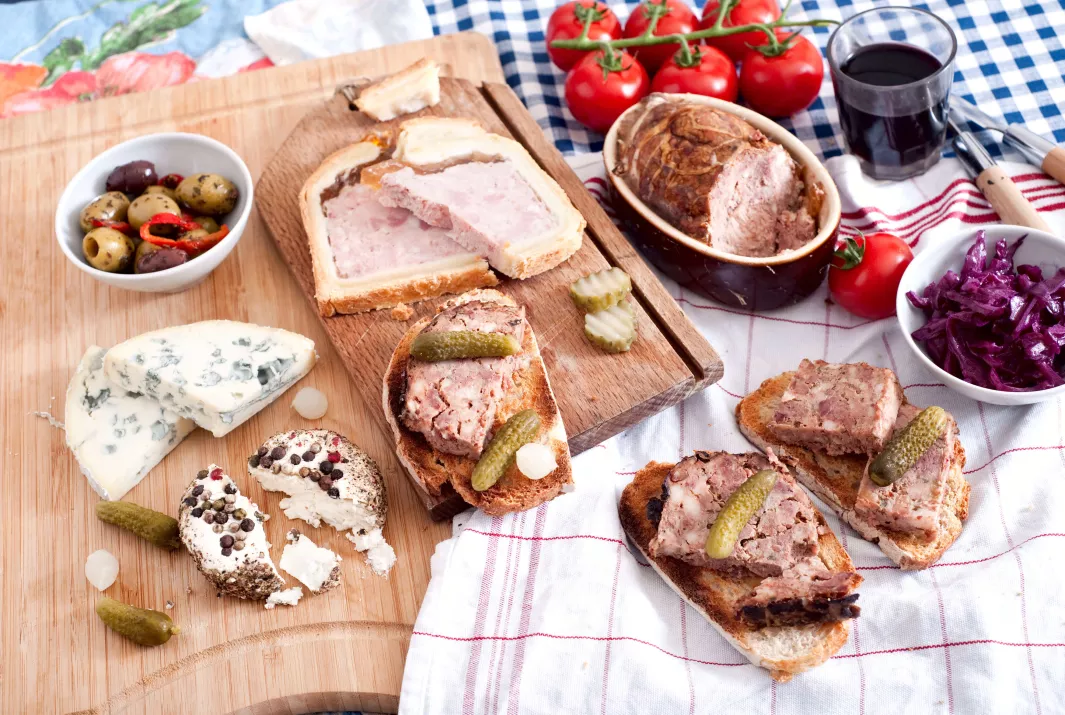
In this comprehensive guide, we'll explore the nuances and differences between Pâté, Terrine, Rillettes Foie Gras and other French charcuterie essentials, providing insight into their production methods and the distinctive characteristics that make them beloved staples of French cuisine.
Pâté: The Epitome of French Charcuterie
Pâté, derived from the French word "paste," is a rich and savoury spread made from ground and organ meats – generally pork – blended with herbs, spices, speciality salts such as sel de Guérande PGI or even French spirits such as Armagnac or Calvados from Normandy. Traditionally served in a terrine, pâté boasts a velvety texture and a robust flavour profile. Varieties range from the classic pâté de campagne, made with pork, to other meat options such as duck, veal or wild boar. These delectable spreads are often enjoyed cold as appetizers with baguette or pain de campagne (farmhouse bread).
Terrine: A Rustic Delight
A close cousin of pâté, French Terrine is a hearty dish typically prepared by layering seasoned meats with vegetables, herbs, spices (such as Piment d’Espelette PDO) or even dried fruits and nuts, then slow-cooked to perfection. The result is a dense, flavourful loaf or cake-like creation that can be served hot or cold. Terrines showcase the essence of French countryside cuisine, with variations such as Pork Terrine with Pruneaux d’Agen PGI, Rabbit Terrine or Poultry Terrine with Mushrooms highlighting the diverse culinary traditions of different regions.
Rillettes: The Art of Slow Cooking
French Rillettes are a rustic, spreadable delicacy made by slow-cooking meat (usually pork, but also chicken, duck or rabbit) in its own fat until tender, then shredding it and mixing it with additional fat, herbs, and spices. The resulting mixture is packed into jars and chilled until firm, creating a smooth, velvety texture that melts in the mouth and is ideal for spreading. Some of the most renowned varieties include Rillettes du Mans, originating from the city of Le Mans in northwestern France, and Rillettes de Tours, boasting a protected geographical indication (PGI). Adding a delightful twist to this traditional fare, French rillettes can also be made out of seafood, typically featuring mackerel or French trout, alongside options such as crab, lobster, or scallops.
Foie Gras: A Gourmet Indulgence
Foie Gras, meaning "fat liver" in French, is made from the fattened liver of ducks (foie gras de canard) or geese (foie gras d’oie). Renowned for its rich, buttery texture and delicate flavour, Foie Gras is available in two main forms: entier (whole), which corresponds to the whole lobe of liver, and bloc (block), a smooth, spreadable pâté-like product made from pieces of liver emulsified with fat. Foie gras is prized for its luxurious taste and is often part of Christmas and New Year celebrations in France or added to exclusive dishes such as the famous Tournedos Rossini, a beef fillet topped with pan-fried foie gras. Often served with a sweet or dessert wine, foie gras also pairs very well with a dry white wine.
Paté en croûte: A French Culinary Masterpiece
Pâté en croûte, is a French savoury meat pie encased in a flaky pastry crust. It is made with finely ground meats, such as pork or game combined with an array of herbs, spices, and sometimes fruits or nuts, all encased in a crisp, golden crust. Often adorned with intricate designs and decorations, pâté en croûte is as visually stunning as it is delicious, making it a beloved finger food of festive occasions in France.
Mousse: Light and Airy
Mousse, meaning "foam" or "froth" in French, refers to another meaty dish with a silky-smooth texture achieved through whipping cream, egg whites, or both. Common variations include mousse de canard (Duck Liver Mousse) and Chicken Liver Mousse, which are delicately seasoned and can be enriched with French spirits such as Cognac for added richness. Mousse is prized for its delicate flavour, making it a popular choice for spreading on canapés.
How to Create a Perfect French Charcuterie Board
To fully appreciate the diversity of French charcuterie, consider creating a charcuterie board featuring an authentic paté de campagne, a jar of Rillettes du Mans and a few slides of Jambon de Bayonne PGI. You can serve them with an assortment of crusty bread, cornichons and some fruits, such as French pears or figs, fresh or prepared as a fig chutney. For a truly French experience, pair your charcuterie board with a selection of French wines, such as a red class of Bordeaux wine to complement the flavours of the charcuterie.



